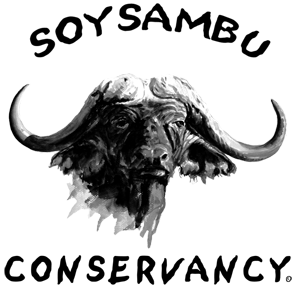The day after I wrote the below article on the , our security team came across 30+ snares in one small area of Soysambu, proving that this really is a daily battle and something needs to happen now to stop it.
Pictured below is Soysambu Conservancy Community and Wildlife manager Charles Muthui with Mohammed, one of the security rangers unloading the snares yesterday (Saturday 7th Nov).











